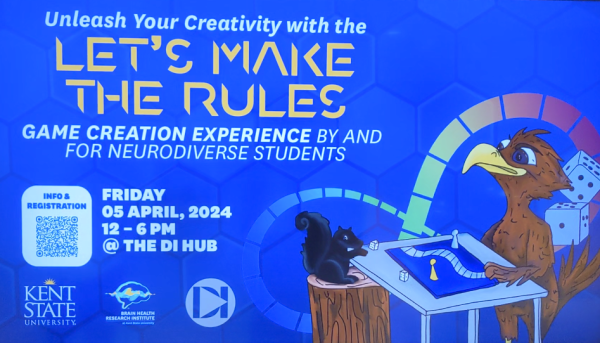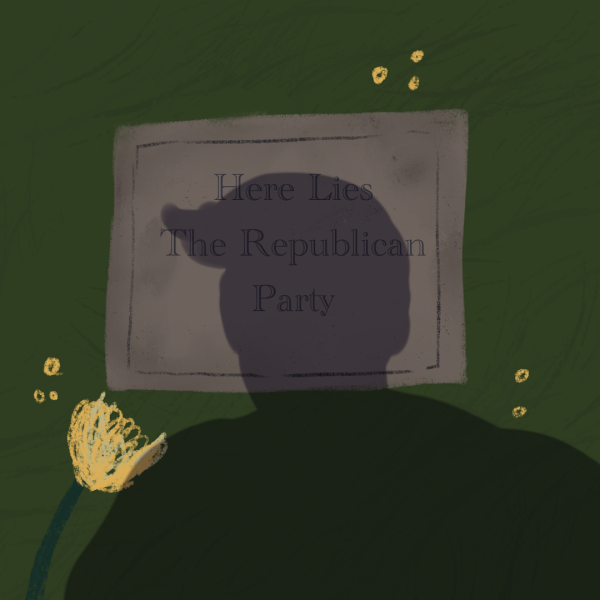Survey says fewer actually light up
April 19, 2005
Campus survey shows students are not the party animals depicted in the movies
From Animal House to How High, movies about college life depict students with a bottomless stomach for alcohol and an ever-burning joint in hand.
Those far from a college campus can only infer from second-hand knowledge the validity of such movies. A survey of Kent State students revealed even those on campus think typical college students consume pot like pigeons horde bread.
In fact, the survey shows students don’t do it as frequently as perceived.
The survey, administered at random by University Health Services in October, probed a wide range of areas, including students’ use of marijuana, alcohol and cigarettes. The survey asked students their perceptions of the typical college student’s marijuana, alcohol and cigarette consumption.
Of the 4,500 surveys sent, 651 students responded, and the results were received and analyzed by University Health Services this semester.
The survey revealed students presume many of their peers are lighting up frequently, but it also showed very few students actually do. Students who responded thought roughly one out of five college students had smoked marijuana every day within the previous 30 days. But fewer than 1 percent of students reported doing so.
The perception of the typical student’s alcohol consumption was further from reality. Respondents said they thought more than one out of three students drank alcohol every day within the previous month. Again, fewer than 1 percent of students reported doing so.
Rob Kuzmickas, freshman criminal justice major, said he thought one out of 10 students drank every day in the last month. But he thought many more had smoked marijuana every day in the same time frame, guessing about one out of four students did so.
“Marijuana is a lot easier to get than alcohol for people under 21,” Kuzmickas said.
Though survey respondents guessed 15 percent of students hadn’t smoked marijuana in the last month, more than two thirds of students reported they hadn’t done marijuana in that time frame.
Kuzmickas said he thought about half of students hadn’t smoked at all in the previous month because students have realized they need to work.
“This semester, people realize they need to concentrate on their studies more,” Kuzmickas said.
But he questioned the reliability of the marijuana usage statistics, saying students may be apprehensive about being honest about their drug use.
Others question the survey’s validity, saying 650 students aren’t representative of the entire student body. But Mary Reeves, director of University Health Services, disagreed. The same survey was administered randomly in 2003, and between the two years, more than 1,300 students have responded, a number Reeves said is statistically significant. And the results of the 2004 survey are similar to the results from 2003, Reeves said.
Other surveys are being administered on campus with similar questions, and the results of each are very close, reinforcing the findings, she said. Plus a doctorate candidate from the College of Education weighed the data, which demonstrated it was accurate.
Scott Dotterer, coordinator of Student Health Promotion, said he suspects movies like Animal House feed the stereotype that college is a constant party. Dotterer was partially responsible for the “Thinking about your Drinking” campaign on campus, which was aimed at changing these misperceptions of students’ behavior. The campaign was also designed to reduce students’ substance use. While it did accomplish the first goal, it didn’t have an effect on students’ usage of substances, Dotterer said.
Contact medicine reporter Kim Thompson at [email protected].























